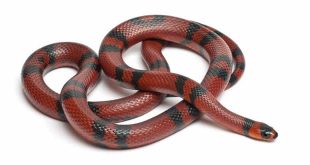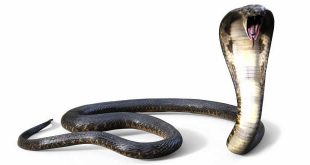 Caiman — The Spectacled Caiman (Caiman crocodilus) is a crocodilian reptile found in much of Central and South America. It lives in a range of lowland wetland and riverine habitat types and can tolerate salt water as well as fresh; due in part to this adaptabilty it is the most common of all crocodilian species. Males of the species are generally between 2 and 2.5 meters, while females are smaller, usually around 1.4 meters. The species’ common name comes from a bony ridge between the eyes, which gives the appearance of a pair of spectacles.
Caiman — The Spectacled Caiman (Caiman crocodilus) is a crocodilian reptile found in much of Central and South America. It lives in a range of lowland wetland and riverine habitat types and can tolerate salt water as well as fresh; due in part to this adaptabilty it is the most common of all crocodilian species. Males of the species are generally between 2 and 2.5 meters, while females are smaller, usually around 1.4 meters. The species’ common name comes from a bony ridge between the eyes, which gives the appearance of a pair of spectacles.
Juveniles take a variety of aquatic invertebrates (insects, crustaceans, molluscs). As they grow, various vertebrates take up a greater percentage of the diet. These include fish, amphibians, reptiles and water birds. Older animals are capable of taking larger, mammalian prey (e.g. wild pigs). Observations show that as conditions become drier, caimans stop feeding. Cannibalism has been reported under such conditions. The ecological importance of this species has been demonstrated in terms of nutrient recycling – nitrogenous waste re-enters the ecosystem to the benefit of other plants and animals. In areas where this species has become depleted, fish populations have also shown a decline. They are also reputed to control piranha numbers. While it has been stated that little evidence is available to support this, C. yacare does demonstrate this particular dietary preference. In reality, it is likely that C. crocodiles is very much a generalist and adaptive predator, given its ecological success.
Females become sexually mature at 1.2 m, which may be between 4 and 7 years depending on the population. Males mature at larger sizes than females, but similar ages (1.4 m and 4 to 7 years). Social status affects growth rate and hence readiness for breeding. Less dominant animals grow less quickly due to stress, and often do not get the chance to breed. Gonads begin to increase in size towards the end of the dry season (April to May) and peak at the start of the wet season (May to June). Courtship and mating generally occur between May and August, and the eggs (from 14 to 40, mean size being around 22) are laid during the wet season (July to August) in a mound nest constructed from soil and vegetation. Location is generally under cover, but some are sited in more open areas or on floating mats of vegetation. Nests may be shared by females, a strategy which may help to increase the survival of juveniles from each parent. Nest predators include large, monitor-like Tupinambis lizards, which can destroy up to 80% of nests in an area. Females will remain close to nests in an attempt to dissuade predators. When the juveniles hatch after around 90 days, there is usually a plentiful supply of invertebrate food available due to the timing of hatching. In the period following hatching, juveniles will remain in groups close to the female, and will follow her around even over land between different pools. One female may take over the maternal duties for multiple groups of hatchlings (pods) from different parents. During this time, social hierarchies are established between the juveniles.
 Kids Portal For Parents India Kids Network
Kids Portal For Parents India Kids Network


